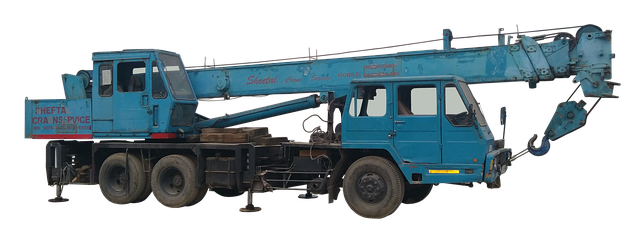Beyond Fast Fashion: The Rise of Slow Style in the Retail Landscape
In the ever-evolving world of fashion, trends come and go as quickly as seasons change. Yet, amidst the dizzying pace of fast fashion, a new movement has emerged, defying the industry's rapid turnover and disposable mindset: Slow Fashion. Contrary to its moniker, this trend isn't about sluggish style, but a thoughtful approach to consumption that values quality over quantity, sustainability over speed, and longevity over fleeting trends.

Slow Fashion: A Conscious Shift
Slow Fashion is more than just a trend; it’s a lifestyle. Rooted in principles of fair trade and environmental sustainability, it focuses on creating high-quality garments that last longer, reducing the environmental impact of production and promoting ethical labor practices. It’s a response to the fast fashion industry’s relentless churn of low-cost, low-quality garments, which has led to environmental degradation and questionable labor practices.
The Appeal and Influence of Slow Fashion
Slow Fashion is not just appealing for its ethical and environmental benefits. Consumers are gravitating towards this trend because it offers a more meaningful and personalized shopping experience. Investing in high-quality, ethically made garments not only feels good but also adds value to the consumers’ wardrobe. The trend encourages buyers to build a timeless and versatile wardrobe, reducing impulsive purchases of trendy items that might not be worn beyond a season.
The Evolution of Slow Fashion
As a concept, Slow Fashion has been around since the early 2000s, evolving parallel to the Slow Food movement. It gained traction as consumers became more aware of the environmental and social impacts of their purchasing decisions. Today, Slow Fashion is not just limited to high-end designers and bespoke tailors but has permeated mainstream retail, with brands like Everlane and Patagonia leading the way.
Transforming the Retail Landscape
The rise of Slow Fashion is reshaping the retail landscape. Brands are investing in sustainable materials, ethical manufacturing processes, and transparent supply chains. Retailers are also experimenting with new business models like rental and resale to extend the lifespan of garments. This shift is indicative of a broader industry trend towards responsible retailing, with sustainability and ethics becoming key factors in brand perception and consumer choice.
Practical Insights on Embracing Slow Fashion
-
Opt for quality over quantity: Invest in garments that are well-made and durable. They might cost more upfront, but they’ll save you money in the long run by lasting longer.
-
Know the origin: Research brands and their supply chains. Choose brands that are transparent about their manufacturing processes and prioritize ethical labor practices.
-
Maintain and repair: Extend the life of your garments by taking care of them properly. Learn basic repairs like sewing a button or fixing a hem to save a garment from ending up in landfill.
-
Embrace secondhand: Buying pre-loved items is a great way to find unique pieces, save money, and reduce your environmental footprint.
In conclusion, Slow Fashion is more than just a fad. It’s a paradigm shift in the fashion industry, prompting us to rethink our consumption habits and make more conscious choices. As consumers, we have the power to drive change through our purchasing decisions. By embracing Slow Fashion, we can contribute to a more sustainable and ethical retail landscape, one garment at a time.




